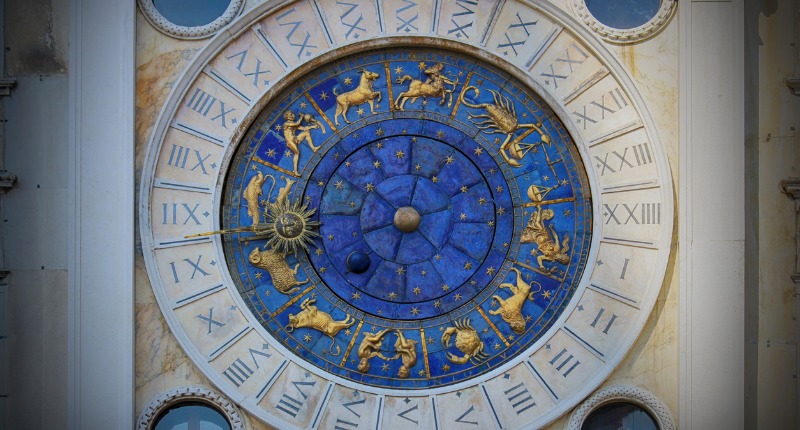Have you ever wondered how the months of the year got their names? As we mark the passing of the days, weeks and months, few of us will ever consider where our current system of dating actually comes from. In fact, our modern calendar goes back thousands of years, all the way to the ancient Roman Empire.
Even after the Roman Empire had fallen, the Roman calendar was still used throughout its former territories during the early Middle Ages. Although some details have changed, our modern dating system is simply a version of this ancient calendar, and our Roman heritage has shaped the way we talk about dates and time. Here’s how the months of the year actually got their names.
January
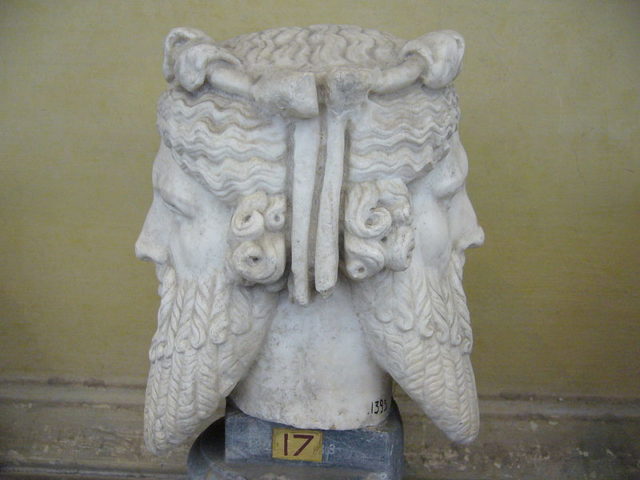
January, the first month in the Roman imperial calendar, is named after the god Janus.
This important Roman deity was the god of beginnings, and was typically represented with two faces, one looking forward and one looking back.
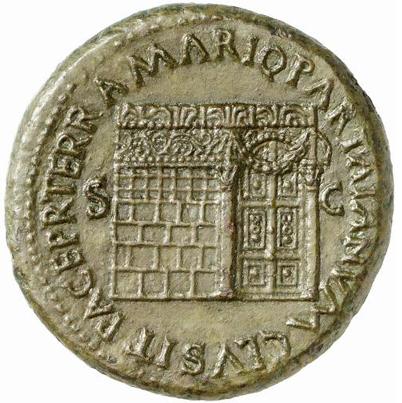
Janus was also the god of doorways, gates and transitions, and therefore it makes sense that he would be chosen to represent the transition from one year to the next.
The first day of January was the beginning of the New Year, when the feast of Janus would be celebrated by exchanging sweet gifts such as dates, figs or honey. Cakes were burnt on the altar as an offering to the god.
February

The month of February takes its name from the februa, a festival of purification that was thought to expunge evil spirits from the city of Rome.
On the 15th day of the month, a series of rites would take place throughout Rome, many of which involved sacrifices or ritual parades.

This festival was also known as Lupercalia, and the Roman author Plutarch reports that many young men would, on this day, run through the city naked, striking the hands of the women and children who lined the streets. This was thought to ward off evil spirits, and could even help women to conceive or give birth.
March

March is named after Mars, the Roman god of war. It is thought that this month marked the beginning of the period when the Roman army would prepare itself for the upcoming season of military campaigns.
It was important, therefore, to celebrate the god of war at this time, and March was a period of rituals and festivals that would ensure military success.

Originally, the month of March was the first month in the Roman calendar, which at that point had only ten months. However, to prevent confusion over dates, two additional months (January and February) were added and the beginning of the year was moved to January.
The Julian calendar (produced by the reforms of Julius Caesar in the 1st century BC) is the version of the Roman calendar from which our modern system of dating is descended.
April
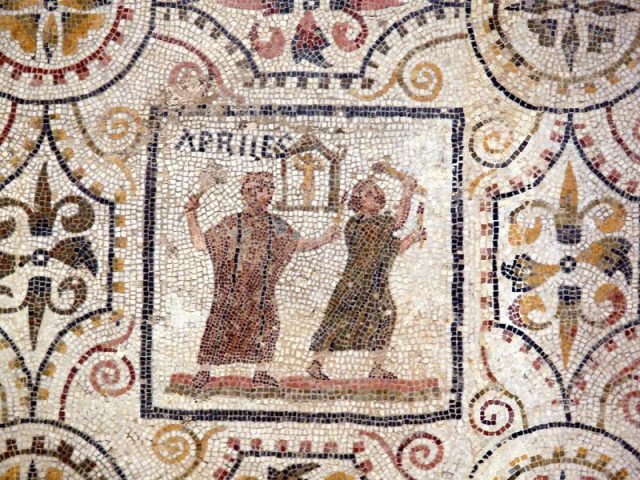
April is named after the Roman month Aprillis, used as the name for the fourth month in the Roman calendar. However, there are several theories concerning the origins of this name.
One of the most popular ideas is that Aprillis is related to the Latin aperire, meaning ‘to open’. April is the month when flowers begin to bloom and spring comes into its full flourishing, which is why it takes this particular name.
However, others believe that April is named after Aphrodite, the Greek goddess of love and beauty. Aphrodite’s Roman equivalent, Venus, was traditionally celebrated in April, and so many believe that ‘April’ was originally inherited from the Greek name Aphrodite.
May

May, the month where the land begins to yield its fruits, is named after the Greek goddess of the earth, Maia. She was a goddess of nurturing and profusion, which is why she is associated with this warm, plentiful season.
The Roman poet Ovid, however, offered another suggestion for the etymology of this month. He argued that the Latin name for May came from maiores, meaning ‘the elders’, and it was contrasted with the name for June, which came from iuniores, or ‘young people’.
While this unusual etymology is certainly a possibility, there is little other evidence to suggest that this is how May and June got their names.
June

June is the month when midsummer falls, and is linked to one of the most important deities of the Roman Pantheon. Juno, wife of Jupiter, is celebrated in June, and she gives her name to this important month.
Juno was also known as the goddess of marriage, and in Roman culture, the end of June was seen as a particularly auspicious time for weddings. However, getting married before the 15th of the month was considered to be a bad omen, and was typically avoided.
July
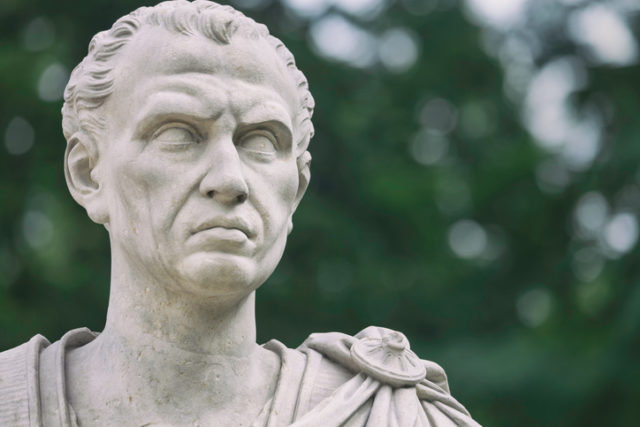
July is the first month in the Roman calendar to be named after a historical person. Julius Caesar, dictator of Roman and conqueror of Gaul, certainly made his mark on Roman society.
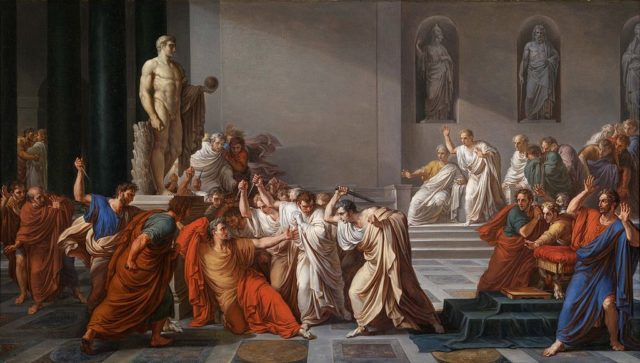
His reforms had a lasting effect on the Roman calendar, not least because he had an entire month named in his honor. July was originally called Quintilis, as it was the fifth month in the traditional Roman calendar. However, after Caesar’s assassination in 44 BC, it was renamed in his honor, as it was the month of his birth.
August
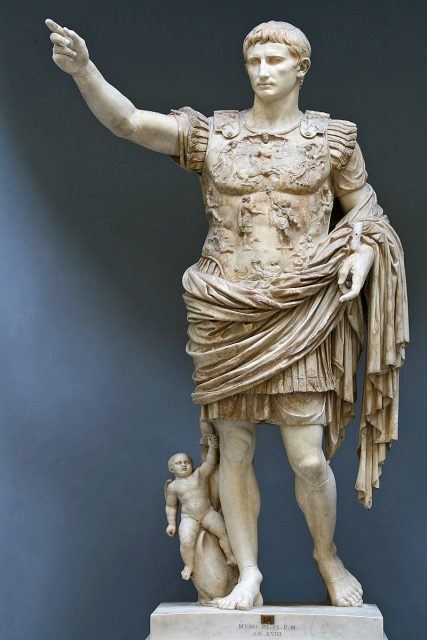
Julius Caesar’s successor, Octavian, could not afford to be outdone by his adoptive father, and as a result, the subsequent month in the Roman calendar is named after him.
Octavian rose to power to become Rome’s first emperor, at which point he changed his name to Augustus, meaning ‘consecrated’ or ‘venerable’.
August, then, is named after this great Roman leader, as part of Octavian’s inspired strategy of self-propaganda. By enshrining himself in the Roman calendar, it would be impossible for anyone to forget how truly great he was.
Although many other Roman leaders attempted to insert themselves into the calendar, none of them managed it, and Julius Caesar and Augustus remain the only human individuals commemorated in the months of the year.
September – December
The remaining months in the Roman calendar have a less exalted etymology. They were simply named numerically, according to the original ten-month dating system that was in place before the Julian reforms.
Read another story from us: Extremely Rare Penny Found in Boy’s Lunch Money Now Worth Millions
September comes from septem, meaning seven; October from octo, meaning eight; November from novem, meaning nine; and December from decem, meaning ten.
